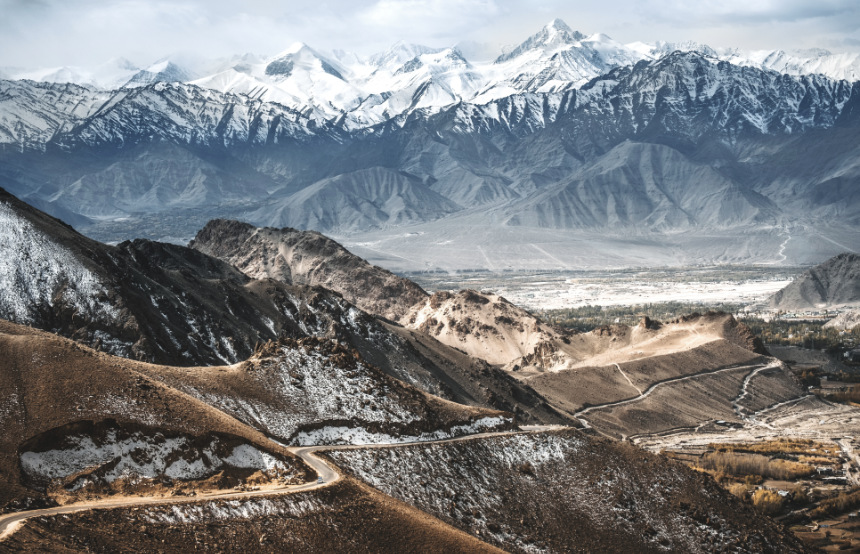
Published 23rd Dec. 2022
Reading time
For many years, hiking-based holidays have been held up as one of the most eco-friendly and sustainable forms of travel out there. And it’s not hard to see why: once you’ve laced up your boots and filled your backpack with goodies, you’re set for a day of excitement that leaves next-to-no impact on the environment. Some of the best hikes on a trip to India can be found snuggled between the snowy peaks of the northern Himalayan region and throughout the misty hills of the southern Western Ghats. While it might seem easy choosing a destination, when to go, what to pack and what to see is a bit trickier. Read on to discover our top tips on walking in India...
Deciding on where to actually go in a country that occupies the greater part of South Asia is no easy feat. But for those keen to dedicate some time to walking in India, the task is a little easier, as not all regions of India were born equal when it comes to trekking. The most celebrated regions for walking can be found in the extreme northeast, on the border with China and Nepal, and the very south of the country, along the tropical Arabian coastline. The legendary Indian Himalayas to the north, which span the regions of Ladakh, Himachal Pradesh and Uttarakhand, are locally referred to in Sanskrit as the 'abode of snow' thanks to the range of white-tipped peaks towering over Buddhist monasteries, ancient trading routes and old shepherd’s trails. The lower foothills of the Western Ghats in Kerala, Karnataka and Goa, in turn, are humid and tropical, with ecosystems ranging from evergreen forests to montane grasslands. Both offer vastly different landscapes, climates, and flora and fauna, so make sure to think carefully about the type of holiday you’re after.
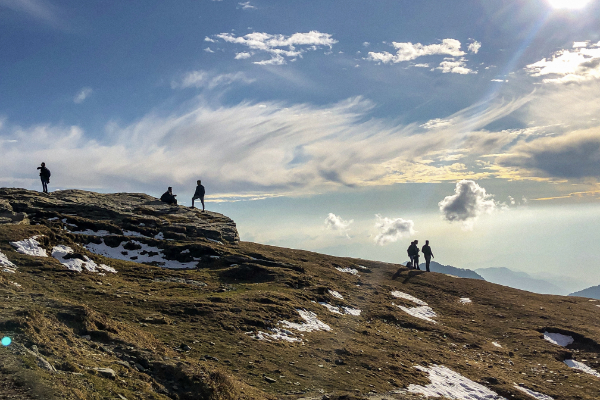
Any successful hiking holiday starts with the less exciting but extremely important task of packing. And it can be hard to imagine what to prepare for walking in India when you are sat in the warmth and comfort of your own home. But let your mind drift off to the sunny yet fairly chilly Indian Himalayas, where a walk through high-altitude deserts and pine and oak forests will require a woolly hat as much as a protective pair of sunglasses. Or to the rolling slopes of Southern India, where you’ll want trustworthy waterproof gear and a spritz of mosquito repellent to enjoy a winding route through tea, coffee and spice plantations. While some items worth packing will vary according to the time and place of your planned hikes, there are a few bits of kit we consider necessary for every hike, such as a sturdy pair of hiking shoes with good ankle support, and a comfortable day pack with space for food, a reusable water bottle (plastic is not recycled in the Himalayas), a first-aid kit and a fully-charged power bank. But it all really depends on when you plan to visit, so read on to find out the perfect time of year to take on some of the best hikes in India.
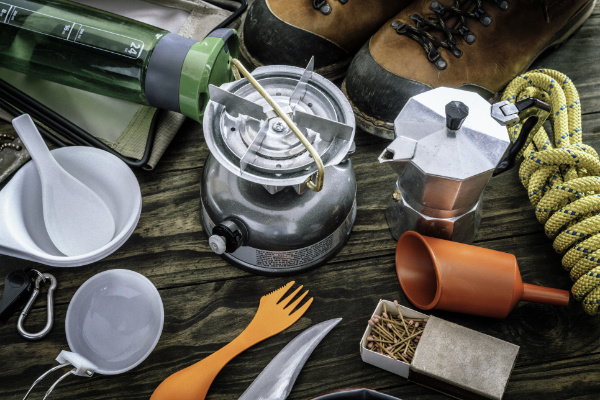
By now you will have realised that the vastness of the Indian landscape also applies to its climate, meaning there is no real one best time to visit, as it depends so much on your destination. Those heading to the Indian Himalayas will want to plan a trip from April through to October, as you can avoid both the Baltic sub-zero temperatures of winter and the biblical downpours of the monsoon season. While the everlasting snow of the Himalayan peaks is, well, ever-present, temperatures lower down can reach highs of 30 and 40 degrees Celsius during the summer months. Towards the end of October, the temperature suddenly drops in the north, but don’t worry, this is the perfect time to head south to the Western Ghats, where you can enjoy a warm day’s walk under the protective shield of a tropical mist. Temperatures can drop to around 10 degrees Celsius in December, which still makes for a pleasant walking temperature. All in all, you only have to avoid the months of January, February and March to enjoy some of the best hikes in India.
Thankfully, some of the best sights you can experience coincide comfortably within the best months to visit. During the northern summer months, you can admire the exotic Himalayan flora of the widely celebrated Valley of the Flowers, as well as the region’s fauna (which can’t be found anywhere else in India), like snow leopards, red pandas and black bears. As for the Western Ghats, you might want to head to a protected area to observe some of the wild and wonderful creatures of this tropical landscape, such as the King Cobra at the Agumbe Reptile Research Station and elephants, crocodiles and wild tigers at the Wayanad Wildlife Sanctuary.
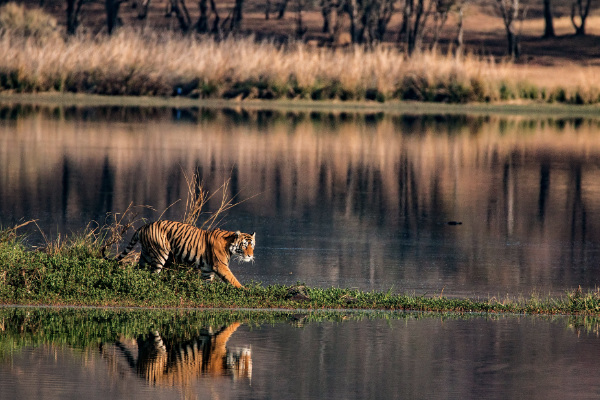
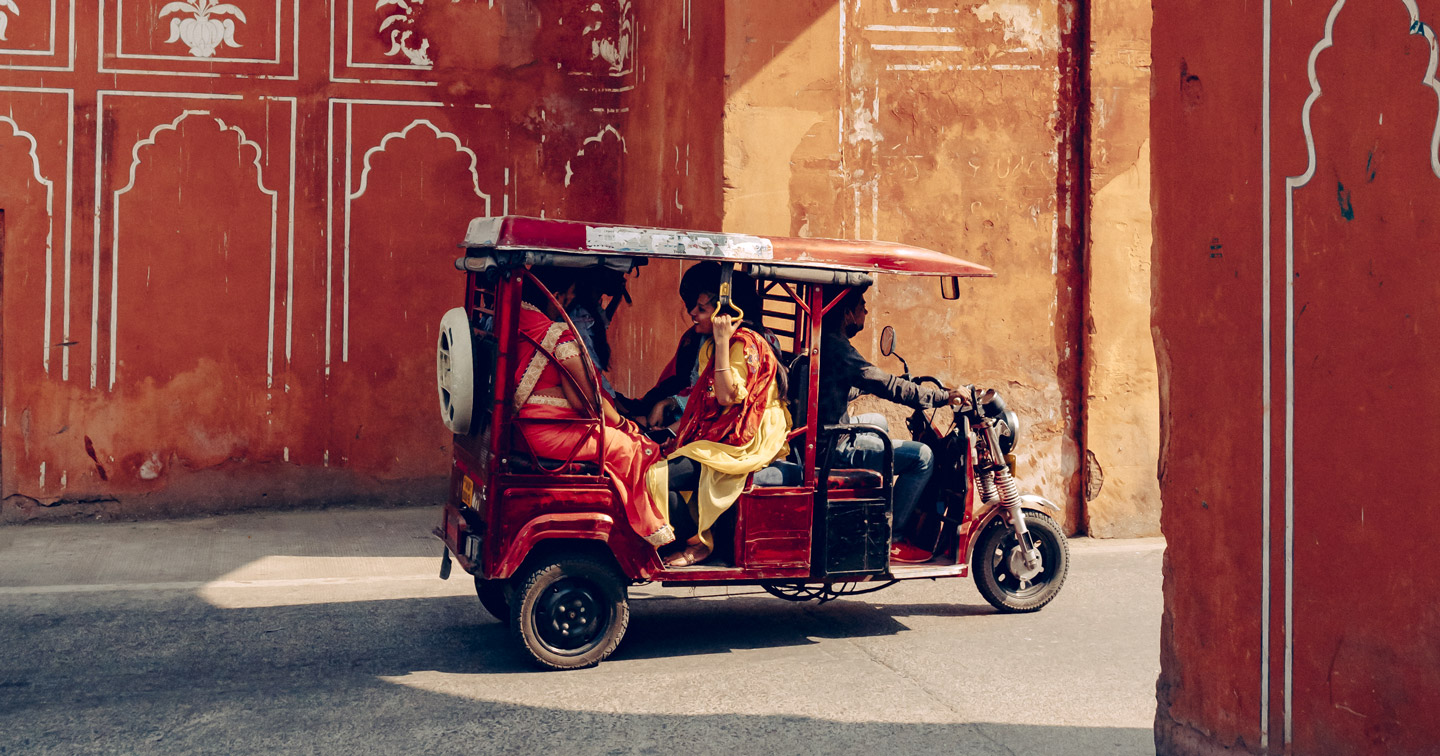
Our eager experts have explored India from its mountainous north to its tropical south in search of the best destinations, experiences and properties. In-country, our passionate team of Concierges share a love of India and are always on hand to impart extensive knowledge of their country. Working with phenomenal local guides across the country, we tailor experiences to your specific interests, from family-friendly block printing in Jaipur to city food tours and off-the-beaten-track wildlife safaris. Whether you’d rather call a historic palace or a humble guesthouse home, we can offer your dream accommodation while in India.
ENQUIRE NOWPractical advice and inspiration for your next trip
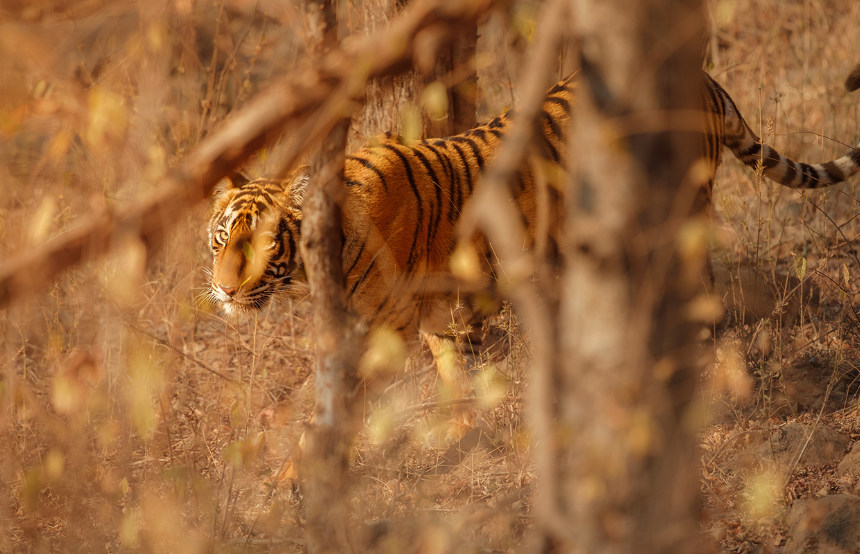
Searching for the best safaris in India? We’ve got you covered. Whether you’re keen to track tigers in Madhya Pradesh, admire Asiatic lions in Gujarat or photograph forest eagle owls in Kerala, your India holiday awaits. While Bengal tigers steal the limelight in Bandhavgarh National Park, don’t forget about the shaggy sloth bears (though they’re not as cuddly as they look). Feeling up for the adventure?
15th September 2025 - India Safari & Wildlife

With their sleek, tangerine-tinged coats, piercing eyes and commanding presence, nothing beats the thrill of seeing a tiger in the wild. And where better than in India, home to the largest population on Earth? But when it comes to the best time to see tigers in India, it all depends on what you want from your trip. Whether you’d rather vivid green landscapes or crowd-free safaris, we’ve got the insider intel on when to see India’s famous big cats.
23rd June 2025 - India Safari & Wildlife
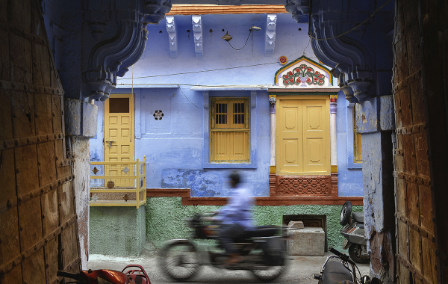
India has long been a favourite destination here at Original Travel. It's the kind of country that inspires a lifelong affinity; travellers become hooked on the kaleidoscope of colour, energy and spirituality that pulsates throughout the nation. From India’s remarkable landscapes and diverse cities to its thriving wildlife and creative cuisine, there’s always more to explore. Keen to discover more reasons to visit India?
25th May 2025 - India Travel Inspiration

Our team of destination experts will get to know you and your unique requirements for your holiday

We work with you to build an ultra-personalised holiday itinerary with your choice of accommodation, experiences and activities

All of our holidays include little extras designed to make a big difference to your trip, from fast-tracking you through airport check-in and security to our network of local Concierges